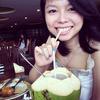These photos are from the longest part of the journey, the 8-hour ride aboard the Amtrak Coast Starlight. They were shot through the train's window, which acted as a polarizing filter, much to my delight. That, coupled with the train's speed, gives these digital photos a dreamy, almost film-like quality. As such, I chose to post these completely unedited, lens flares and reflections and all. As you scroll through, you get a glimpse of life along the American West Coast, from city, to ocean, to farmland.
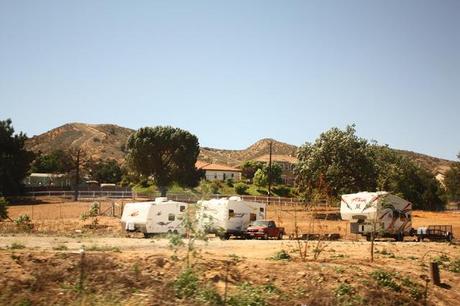
The Coast Starlight traverses the West Coast of the USA. The train's name was formed by merging of two Southern Pacific Railroad train names, the Coast Daylight and the Starlight, two Coast Line trains. Widely regarded as one of the most spectacular of all train routes, the Coast Starlight links the greatest cities on the West Coast. It runs 1,377 miles (2,216 km) from Union Station in Los Angeles, California to King Street Station in Seattle, Washington.
The train itself is impressive. It has bi-level Superliner coaches and sleeping cars, a Dining Car, a Sightseeing Car, a Parlor Car, and a Cafe area. Even the coach seats are big and comfortable, with plenty of legroom and large-ish pillows (larger than those in airplanes at least).
As soon as the trip started I realized why Sheldon Cooper loves trains. The trip as a whole was also a welcome break from the chaos of airports. There were no security checks, no liquid restrictions, no weighing of bags, no long lines. (Note: carry-ons are limited to 2 bags per person, 50lbs -- the same restrictions as for airline check-in luggage -- excluding briefcases, handbags, etc.) I could walk around, visit the different cars (so fun!), have lunch and dinner with a proper table setting. And each car had its own bathroom, so no lines for those either. Given a choice, I would definitely traverse the entire United States (LA to DC) on this train, for 2 days, in a sleeping car.
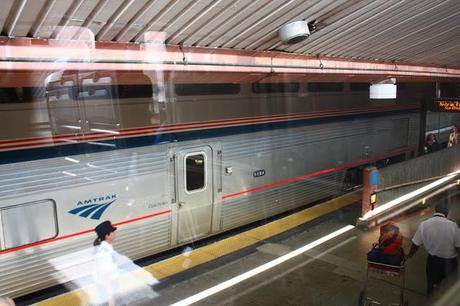
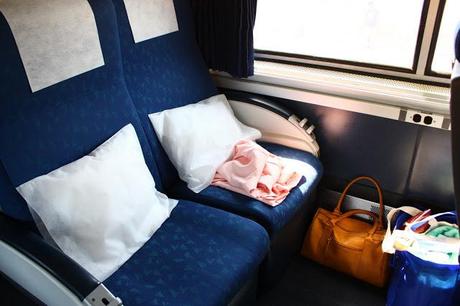
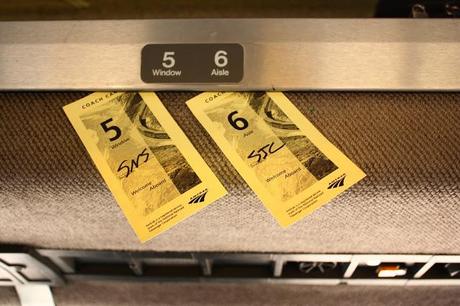
Not only was this my first time on a train with a scenic route, it was also the first time I was traveling alone, absolutely alone, just me and my camera and my bags. It was WONDERFUL. The scenery was absolutely breathtaking, I couldn't stop taking pictures the entire time.
As we pulled away from Union Station, I got a glimpse of American backyards, low-cost brick housing that had to endure the noise of the tracks, monotonous in their similarities but modestly quaint in their almost indiscernible differences.

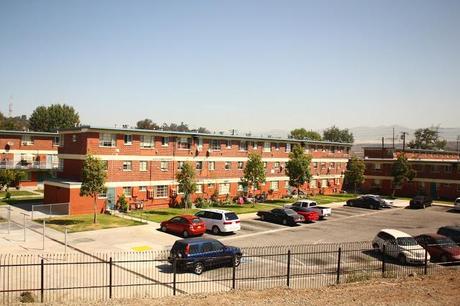
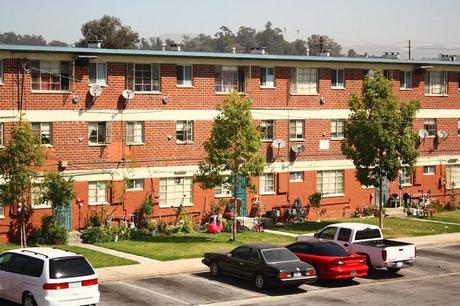
Suddenly the hills and deserts came into view, full of cubic rocks and foreign shrubbery. We were at San Fernando Valley, home to numerous entertainment production companies, and Simi Valley, the site of many Hollywood movies. A man waved to us as we sped by the Santa Susana Station.
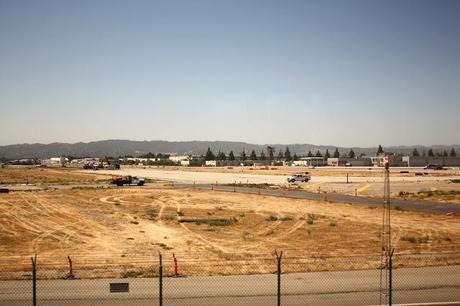
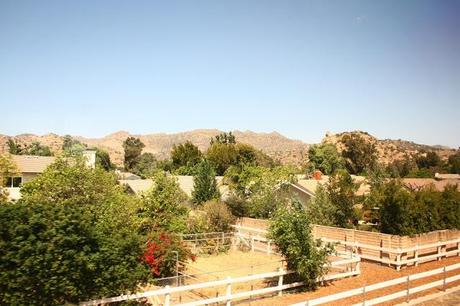
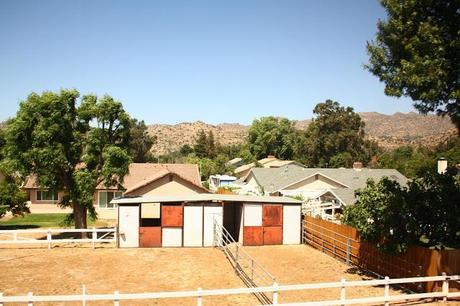
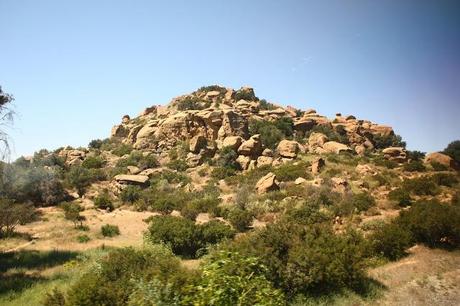


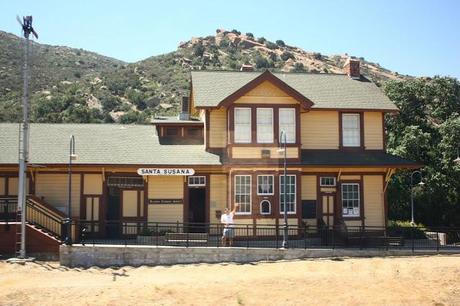
As I took shot after shot, my shutter was echoed by that of the most
Gradually the landscape transformed into flat plains, modified greenhouses, and trees neatly lined in rows. We were nearing Oxnard, one of the most fertile areas in the world with its high-quality soils and favorable climate. Its beach and dunes have often represented Middle Eastern deserts in film.
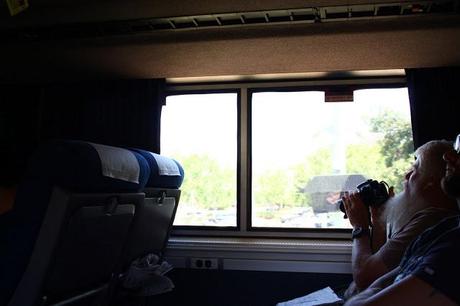
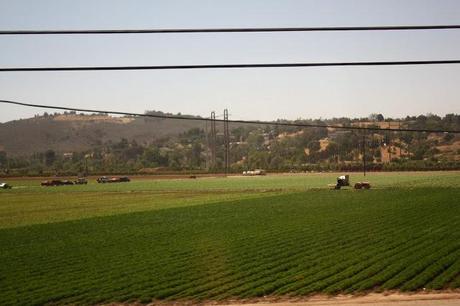
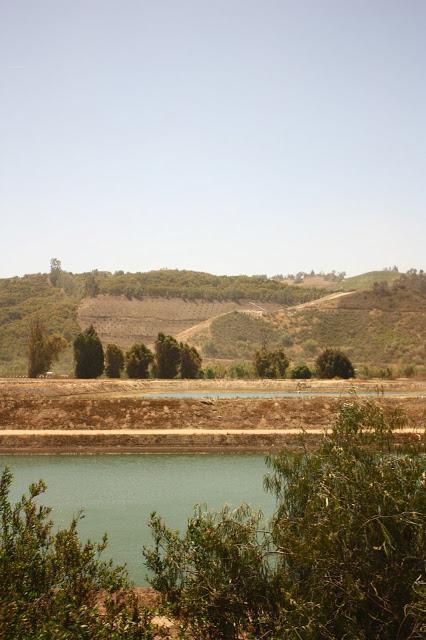
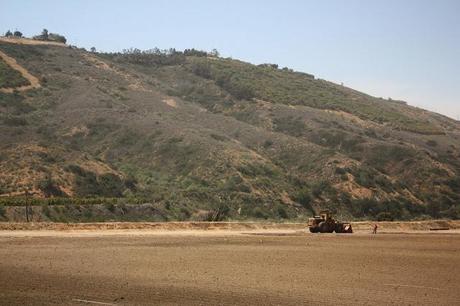
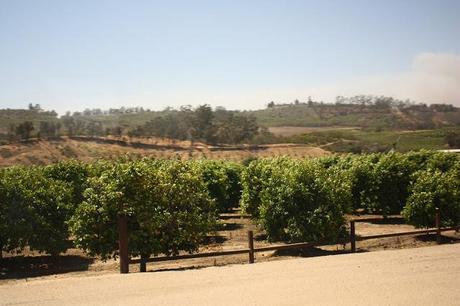
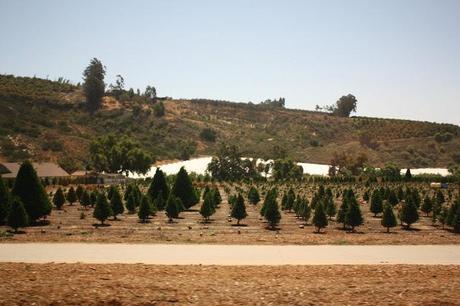 Mini Christmas trees, anyone?
Mini Christmas trees, anyone?
I saw what I thought were some dense, low-lying clouds. As the distance between us shortened, they grew to resemble smoke. A voice on the PA clarified things: we were nearing the Camarillo Springs Fire. It had started 7:00 am of that day, and would last 3 days, finally extinguished by rain on the night of Sunday, May 5, 2013. At one point we were so close we could actually feel the heat of the flames and smell the smoke. This major brush fire burned about 28,000 acres (around 113 square kilometers) of land.
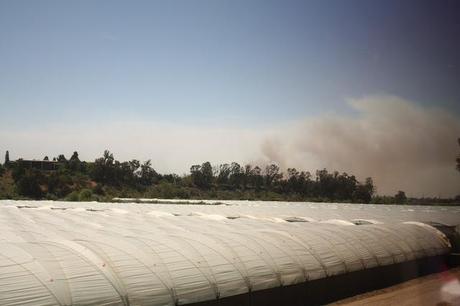
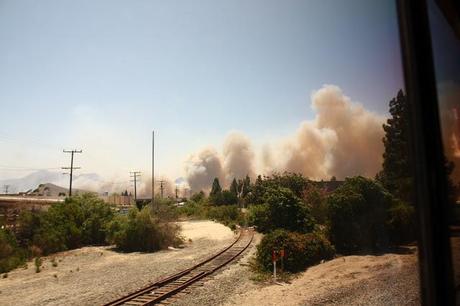

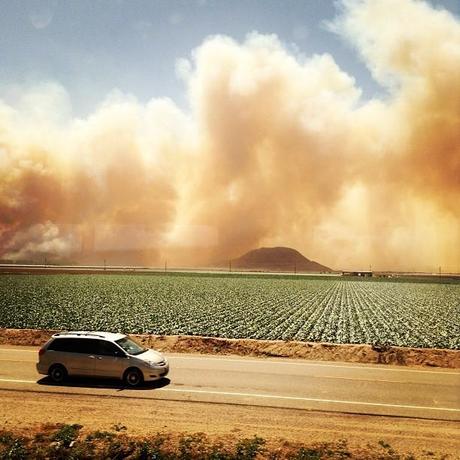
The fire was near the Ventura Freeway (U.S. Route 101), one of the last remaining and longest U.S. Routes still active in the state, and the longest highway of any kind in California. It was smack in the middle of farmland, with some farms freshly harvested, others waiting to be so. The fire thus affected a great agricultural area.

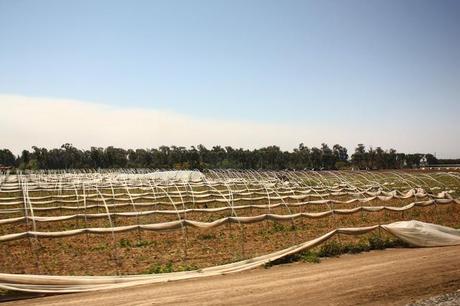
As we were nearing the Pacific Ocean, I was called to the Dining Car for my lunch reservation. The table setting was surprisingly fancy. I dined with an elderly couple who was visiting their son in Oregon. (They had a longer way to go than me. :p) I had the veggie burger, with a patty made of chipotle. It looked burnt but was actually good, so that I almost ate the entire thing. (It was pretty big.)
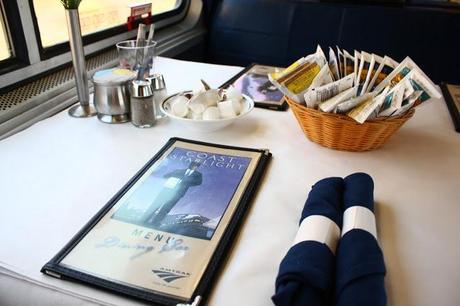
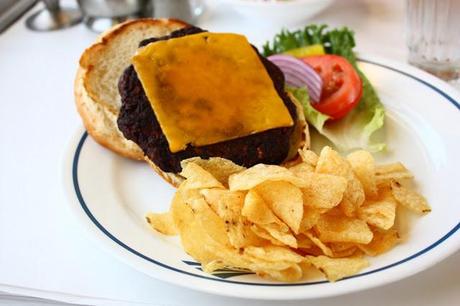
I then settled into the Sightseeing Car, with its seats facing the large windows on either side, and a skylight up above. At our stop in Santa Barbara, we saw the Moreton Bay Fig Tree, believed to be the largest Ficus macrophylla in the country. The tree was officially designated as a historic landmark in 1970, and the property was deeded to the City of Santa Barbara in 1976. In a kinder time, the homeless of Santa Barbara would make hammocks of the tree's branches, seeking shelter under its impressive canopy there in times of rain.
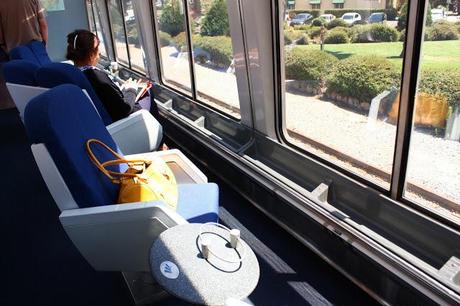
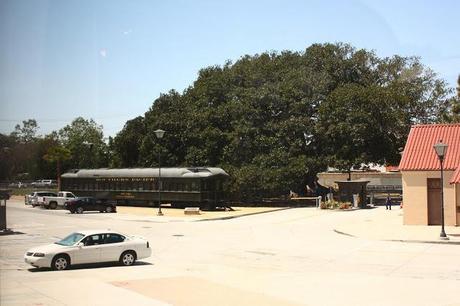
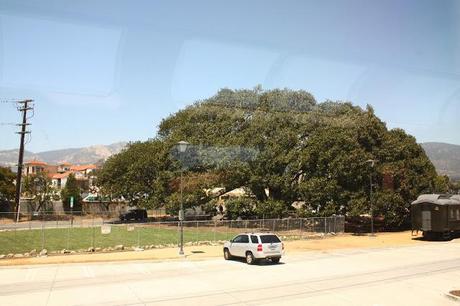
As we got closer again to the beach, I moved back to my seat because the Sightseeing Car's skylight was making reflections on the window. I will leave photos of the coast line for another post. This virtual train ride is more for my benefit than for this blog's readers (it's something I don't want to forget), but I hope you enjoyed it nonetheless.

